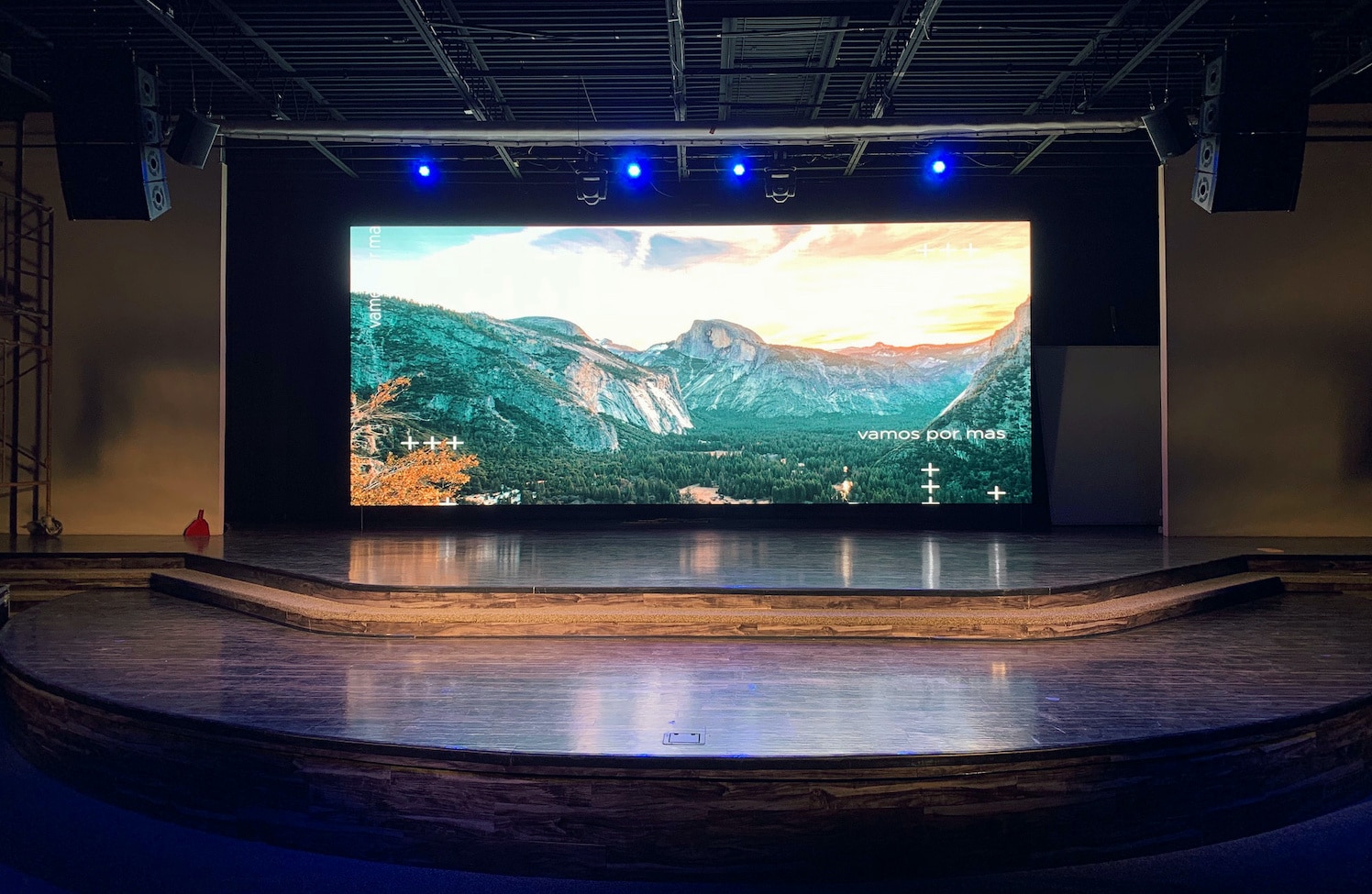Light-emitting diode wall panels have become increasingly popular in both residential and commercial environments, offering an option to conventional illumination solutions. These panels are thin, thin devices that utilize LEDs technology (LEDs) to generate light. They provide a modern look and can be used in multiple locations, such as workspaces, educational facilities, and homes. While LED panel screens have many advantages, it is crucial to contrast them with conventional illumination alternatives, such as incandescent bulbs and fluorescent lights, to understand their advantages and drawbacks.
One of the notably significant advantages of LED panel screens is their energy effectiveness. LEDs consume significantly less power than conventional illumination options, which can lead to decreased electricity bills. For example, an LED panel can consume up to 75% less power than an traditional lamp while offering the equivalent amount of illumination. This energy effectiveness not only reduces money for users but also lowers the overall environmental impact, making it an eco-friendly friendly choice. With growing concerns about environmental issues, many people are seeking for ways to minimize their energy usage, and LED panel screens can be a beneficial option.
Another benefit of LED wall panels is their long durability. Conventional illumination solutions often require frequent changes due to burned bulbs. In contrast, LED panels can last up to twenty-five times longer than incandescent bulbs, and much greater when contrasted to neon lamps. This longevity means that consumers spend less time and money on maintenance and replacements. Additionally, the minimized requirement for renewals contributes to less environmental impact, further benefiting the eco-system. This robustness makes LED wall screens a much feasible choice for not just residential and commercial operators.

Despite their many benefits, LED panel panels do have some drawbacks. One concern is the upfront expense of buying and setting up these screens. While costs have fallen over the years, LED screens can still be more costly upfront than conventional illumination choices. However, it is important to consider the long-term savings on energy bills and replacement costs when evaluating the overall worth of LED illumination. Some users may also be discouraged by the intensity of LED lamps, as they can be more intense than the soft light provided by incandescent bulbs. Choosing the appropriate intensity and color tone can be essential for establishing a pleasant setting.
Another possible issue of LED more information wall panels is their sensitivity to heat and humidity. High heat can diminish the effectiveness of LEDs, and high humidity can cause damage. This issue is particularly important in spaces of a building or structure where environments can vary, such as restrooms or kitchens. It is essential to choose the right type of LED screen for particular settings to ensure best functionality. Additionally, some individuals may find that the illumination generated by LEDs can be less pleasant than traditional illumination, leading to issues about vision strain or unease in certain settings.
In conclusion, LED wall panels offer read here many benefits over conventional lighting solutions, including energy efficiency, longevity, and lowered upkeep costs. However, they also come with some disadvantages, such as increased initial costs and sensitivity to surrounding factors. As consumers continue to explore illumination choices, it is evident that LED wall panels can provide a modern and environmentally friendly option for a wide range of spaces. By understanding both the benefits and concerns of these screens, people and businesses can make wise decisions that best suit their illumination requirements.
Comments on “Illuminating the Prospects: Exploring the Advantages and Drawbacks of Light Emitting Diode Wall Panels in contrast to Conventional Illumination Options”